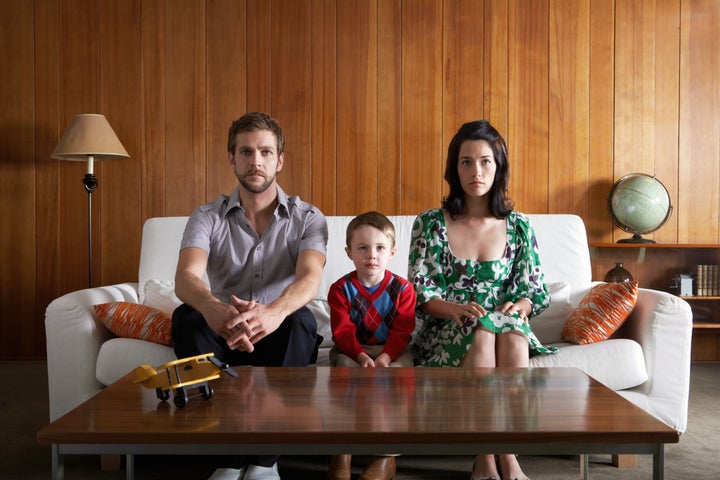
If you’re worried about gender equality in caregiving, here’s some advice: get a dog.
Analysis of recent data from the Bureau of Labor Statistics reveals that among people who take care of pets, duties are essentially divided evenly, with men actually averaging a couple more minutes a day on pet-related chores than women. But despite the old adage that pets are good practice for parenthood, the gender gap in child care in the United States tells a very different story.
“Despite the old adage that pets are good practice for parenthood, the gender gap in child care in the United States tells a very different story.”
Over the last five years, among people who report caring for or helping children who live with them, women average over half an hour more a day than men. That’s a difference that adds up to about 200 hours a year.
Everyone suffers from this child care gender gap. The economic costs, particularly for women, are well documented: there is a motherhood penalty, both in getting hired and getting paid, and a recent report by the Center for American Progress shows that leaving the workforce for five years to care for a child would cost the typical full-time woman worker nearly half a million dollars over a lifetime in lost wages and wage growth and reduced retirement assets.
Fathers are also harmed. While more involved fathers report fewer health problems and higher rates of happiness, men feel shortchanged at home: Nearly half say they don’t spend enough time with their children (likely in large part because they average longer hours in the paid workforce). Children are negatively impacted as well—greater gender inequality in caregiving is associated with less egalitarian sons and less empowered daughters.
How can we care for our children as equally as we do our pets? We need to breakdown stereotypes about child rearing and enact policies that address the needs and desires of today’s families so they can care for their children in ways that aren’t constrained by outdated norms.
“How can we care for our children as equally as we do our pets? We need to breakdown stereotypes about child rearing.”
Some gender stereotypes are already beginning to fade. Dads today spend nearly triple the amount of time caring for children compared to dads 50 years ago, there is a growing number of stay-at-home fathers, and tens of thousands of two-father families are successfully raising children. Meanwhile, nearly two-thirds of mothers are breadwinners or co-breadwinners, bringing in at least a quarter of a family’s earnings.
But for cultural change to really take root, public policies must support a more gender-neutral understanding of caregiving. Modern policies that reflect the realities of 21st-century families would help reduce the gender gap in child care by providing parents the time and financial resources necessary to balance their work and family responsibilities. These include workplace policies like paid leave, fair schedules, and raising the minimum wage. They also policies that give families, particularly those with young children, the financial support they need, like the Young Child Tax Credit and affordable, high-quality child care.
Some people are concerned that Americans are treating their pets more and more like children—but when it comes to gender equality in caregiving, it’s time we treat our kids more like our pets.